The Post-Ride Reality for Endurance Cyclists
There’s a unique feeling that settles in after a long ride. It’s that quiet moment when you unclip your shoes, feeling the satisfying burn in your quads and the salty crust of dried sweat on your skin. You’re exhausted, but you’re also proud. Whether you just finished your first century or a grueling training session, that feeling is a badge of honor. But this deep fatigue is more than just a sign of a ride well done. It’s your body’s signal that it needs serious repair.
For cyclists who want to ride farther and faster tomorrow, effective recovery isn’t optional. It’s the foundation of consistent improvement and the best defense against injury. This is where your nutrition strategy becomes just as important as your training plan. Thinking about plant based cycling recovery isn’t about making a compromise. It’s about choosing a powerful, clean, and highly effective way to give your body exactly what it needs to rebuild and come back stronger for the next challenge.
Understanding Your Body's Recovery Needs
That post-ride exhaustion is your body communicating its needs. To fuel it properly, it helps to understand what’s happening under the surface. Think of it less like complex biology and more like your body’s post-workout checklist. After a long ride, your system is focused on three main tasks.
Muscle Microtrauma: The Foundation of Strength
Endurance cycling creates tiny, controlled tears in your muscle fibers. This might sound alarming, but it’s the entire point of training. These microtraumas are the stimulus your body needs to adapt. The magic happens during recovery, when your body repairs these fibers, building them back slightly stronger and more resilient than before. This process of muscle repair for cyclists is what turns hard work into real gains.
Glycogen Depletion: Running on Empty
Your muscles store carbohydrates as glycogen, which is their primary fuel source. A long, hard ride is like taking your car on a road trip; you burn through your entire tank of gas. When you finish, your glycogen stores are depleted, leaving you feeling drained. Replenishing these stores is critical for having the energy to perform well on your next ride. Without a proper refill, you’re starting your next session on an empty tank.
Managing Exercise-Induced Inflammation
Inflammation is your body’s natural response to the stress of exercise. It’s the cleanup crew that arrives to clear out damaged cells and begin the repair process. A little bit is good and necessary. However, excessive or prolonged inflammation can slow down recovery, increase soreness, and keep you off the bike longer than you’d like. The right nutrients can help manage this response, ensuring the cleanup crew does its job efficiently without overstaying its welcome.
The Science of Plant-Based Muscle Repair

So, your muscles are torn down and your energy is spent. How does vegan protein for cyclists step in to fix the situation? The answer lies in a few simple, powerful biological processes. It’s not about magic, but about giving your body the right building blocks at the right time.
Triggering Muscle Protein Synthesis (MPS)
Think of Muscle Protein Synthesis (MPS) as the "on switch" for muscle repair. After a ride, your body is primed to rebuild. Consuming protein flips this switch, signaling your body to start repairing those micro-tears in your muscles. This process is the core of how you get stronger from your training.
The Power of Essential Amino Acids (EAAs)
If MPS is the on switch, then Essential Amino Acids (EAAs) are the actual building materials. Your body can’t produce these nine amino acids on its own, so you must get them from food. They are the bricks your body uses to rebuild muscle tissue. One EAA in particular, leucine, acts like the foreman on the construction site, kicking off the entire rebuilding process.
Why 'Incomplete Protein' Is a Myth
For years, a common myth has been that plant proteins are "incomplete" and therefore inferior. Let's set the record straight: this is outdated thinking. While a single plant source might be lower in one or two EAAs, combining different plant proteins—like pea, rice, and fava bean—creates a robust and complete amino acid profile. This blend provides all the "bricks" your muscles need. In fact, a review on Veloforte highlights that a well-formulated vegan product can match non-vegan options nutritionally. The right plant-based protein gives your muscles everything they require to repair and grow. If you're curious about what makes a great blend, exploring some of the best protein powders can help you find what works for you.
Crafting the Perfect Post-Ride Recovery Shake
Knowing the science is one thing, but putting it into practice is what truly speeds up your recovery. One of the easiest and most effective ways to refuel is with a post-ride shake. It’s fast, efficient, and gets nutrients to your muscles when they’re most receptive.
The 'Recovery Window': Timing is Key
You’ve probably heard of the "anabolic window," the 30-60 minute period after a workout. During this time, your muscles are like sponges, ready to soak up nutrients to kickstart the repair process. While it’s an optimal time to refuel, don’t stress if you miss it. Getting quality nutrition within a few hours is still highly beneficial. The key is consistency, not perfection.
The 3:1 Carb-to-Protein Power Ratio
For endurance athletes, protein alone isn't enough. You need carbohydrates to replenish those empty glycogen stores we talked about. A 3:1 ratio of carbohydrates to protein is widely considered the sweet spot for recovery. As a 2024 review on BikeRadar confirms, this combination maximizes both glycogen replenishment and muscle repair. The carbs also help shuttle the protein to your muscles more efficiently, making it the ultimate recovery team.
A Simple, Delicious Vegan Recovery Shake
Creating the best vegan recovery drink doesn’t require a complicated recipe. You can whip up a delicious and effective shake in minutes. Here’s a simple formula to get you started:
- 1 scoop of a high-quality vegan protein, like our Chocolate Vegan Protein
- 1 large banana (for potassium and carbs)
- 1 cup of your favorite plant-based milk (almond, soy, or oat work great)
- A handful of spinach (you won’t taste it!)
- 1 tablespoon of chia seeds or ground flax for healthy fats and fiber
Just blend it all together for a perfect post-ride refuel. For more ideas, you can check out these 3 easy vegan protein recipes you’ll actually crave. What’s your go-to shake recipe? Share it in the comments below!
Fueling Recovery with Whole Foods

While recovery shakes are fantastic for that immediate post-ride window, your long distance cycling nutrition strategy should be built on a foundation of whole foods. A shake is a supplement to your diet, not a replacement for it. Whole plant foods provide protein along with fiber, vitamins, antioxidants, and minerals that support your overall health and recovery.
Integrating these foods into your daily meals ensures your body has a steady supply of nutrients to repair and refuel around the clock. A tofu scramble for breakfast, a large salad with chickpeas for lunch, and a hearty lentil soup for dinner can easily meet your protein needs while providing a wealth of other benefits. Here are some of the best plant-based sources to keep in your kitchen:
| Food Source | Protein per Serving (Approx.) | Best For |
|---|---|---|
| Lentils | 18g per 1 cup, cooked | Hearty post-ride dinner or lunch |
| Chickpeas | 15g per 1 cup, cooked | Salad topper or homemade hummus snack |
| Tofu (Firm) | 22g per ½ block | Breakfast scrambles or stir-fries |
| Edamame | 18g per 1 cup, shelled | Quick and easy post-ride snack |
| Hemp Seeds | 10g per 3 tbsp | Adding to shakes, oatmeal, or salads |
| Quinoa | 8g per 1 cup, cooked | A base for recovery bowls with carbs & protein |
Note: Protein content can vary slightly by brand and preparation. This table provides a practical guide for incorporating diverse, nutrient-dense protein sources into your daily meals to support recovery.
Many of these foods also possess anti-inflammatory properties, helping to manage the exercise-induced inflammation we discussed earlier. Of course, life gets busy. For those days when you need a convenient option, high-quality vegan protein powders and bars are perfect for on-the-go recovery. You can explore our full range of products to find options that fit your lifestyle.
A Holistic Approach to Plant-Based Recovery
Powerful nutrition is the cornerstone of recovery, but it’s just one piece of the puzzle. To truly bounce back faster and stronger, it’s helpful to adopt a 24/7 mindset. The work you do off the bike is what solidifies the gains you make on it. Think of your recovery as a system where everything works together.
While vegan protein for cyclists is a key tool, it’s most effective when combined with other healthy habits. Here are a few other pillars of a holistic recovery plan:
- Hydration: Water is essential for transporting nutrients (like amino acids) to your muscles and flushing out metabolic waste. Don't just drink during your ride; stay hydrated throughout the day.
- Sleep: This is the ultimate recovery tool. During deep sleep, your body releases growth hormone, and Muscle Protein Synthesis is at its peak. Aim for 7-9 hours of quality sleep per night.
- Anti-inflammatory Foods: Beyond your main meals, snack on foods known to combat inflammation. Berries, leafy greens, turmeric, and ginger are all excellent choices that support your body’s natural recovery process.
You can also consider vegan-friendly supplements like algae-based omega-3s, which can further help manage inflammation. By combining smart nutrition with these foundational habits, you create an environment where your body can thrive. You have all the tools you need to recover faster, reduce soreness, and get back on the bike feeling your best. To keep learning, feel free to explore more articles on our blog.



